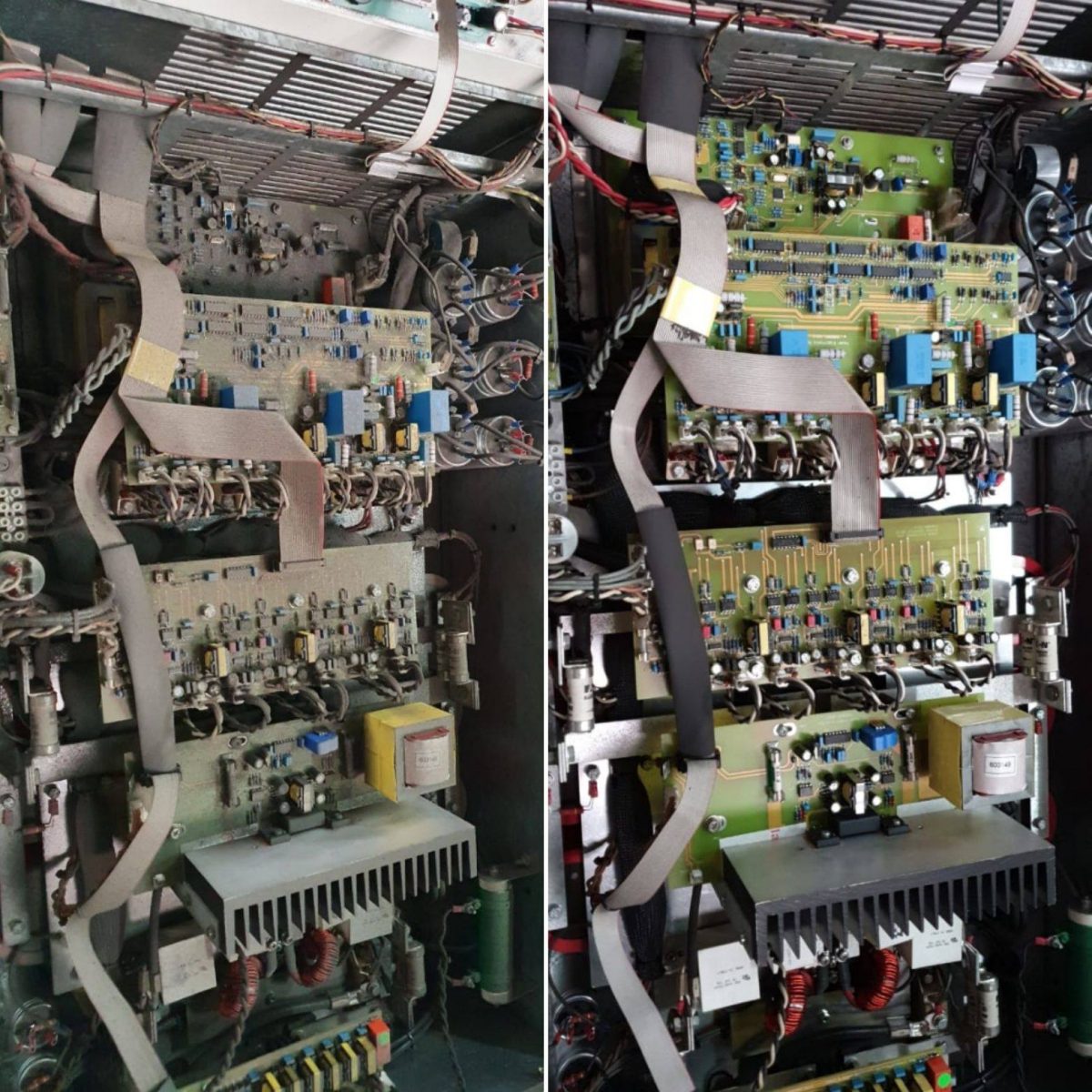Our lives are very dependent on electronics, from the extremely durable refrigerators to the more intricate backup power devices. And one of the biggest threats to these is a build-up of dust in the electronics.
Why is dust harmful to electronics?
Dust differs from one location to the next, but essentially dust particles comprise of moisture (water and oil), organic material, minerals and chemicals in varying proportions. Dust particles can accumulate and start to impact the operation of electronic devices within two years. The conductive materials found within dust particles can also lead to signal errors and component failures.
How dust leads to failure in function
A minimal amount of dust won’t pose any problem to your electronics – such as backup power devices – the problem with dust is accumulation. When you have an accumulation of dust within an electronic device, you are likely to suffer from premature malfunction and general unreliability.
One of the main areas dust creates a problem is with overheating. Many electronic devices have something called an integrated circuit (IC) which consists of a metal lid for cooling. When dust accumulates here, it creates an insulation blanket preventing the device from cooling down. This leads to unnecessary overheating and, eventually, electrical shorts.
Outside of overheating, dust accumulation can cause other problems related to:
- Excessive moisture
- Conductivity issues
- Poor contact in relays, switches, and connectors
- Arcing and carbon tracking in higher voltage appliances
- Difficulties associated with repairs or restoration
Ways to create a dust-free environment
The best way to prevent dust accumulation is to create as close to a dust-free environment as possible. This can be achieved by implementing a few precautionary measures for your backup power devices.
1. Keep devices off the floor
Whatever backup power device you have, if it’s resting on the floor, it’s likely to be affected by dust build-up at some point. Rather elevate the device using shelving or tables wherever possible.
2. Invest in dust covers
Using dust covers on your backup power system will prevent dust gathering on surfaces. These can simply be removed when in use and replaced when the device is resting. Just remember dust covers will also need regular cleaning.
3. Don’t forget the power cords
Often power cords rest on floors where dust accumulation happens quickly. By using insulation tape, you can cover these power cords to prevent this.
4. Humidifiers or air-conditioning
Consistent humidity control is the best way to protect backup power devices from dust accumulation. Maintain a 40 to 60% humidity to minimise airborne dust.
5. Avoid carpeting and curtains
Carpeting and curtains are a magnet for dust which is why tiles and blinds are a cleaner, safer option when storing backup devices.
Cleaning dust from electronics
It is possible to invest in items that clean dust for electronics’ maintenance, but there are particular ways to do this. Firstly, the cleaning products must not leave any residue or emit greenhouse gases or they will only serve to damage your electronic devices further. Secondly, you must be sure you understand what you are doing before embarking on such an undertaking, otherwise it’s best to seek professional assistance for such maintenance. Some of the items used for cleaning dust from electronics include:
- Aerosol cans
- Computer blower
- Paintbrushes
- Screen wipers
- Cotton buds
When it comes to eradicating dust from your backup power devices, it’s best to invest in regular backup power maintenance undertaken by professionals. This way you are preventing the accumulation of dust in the first place, and allowing your backup power to operate at maximum efficiency. This saves on energy and replacement costs in the long run.
Share this Post

